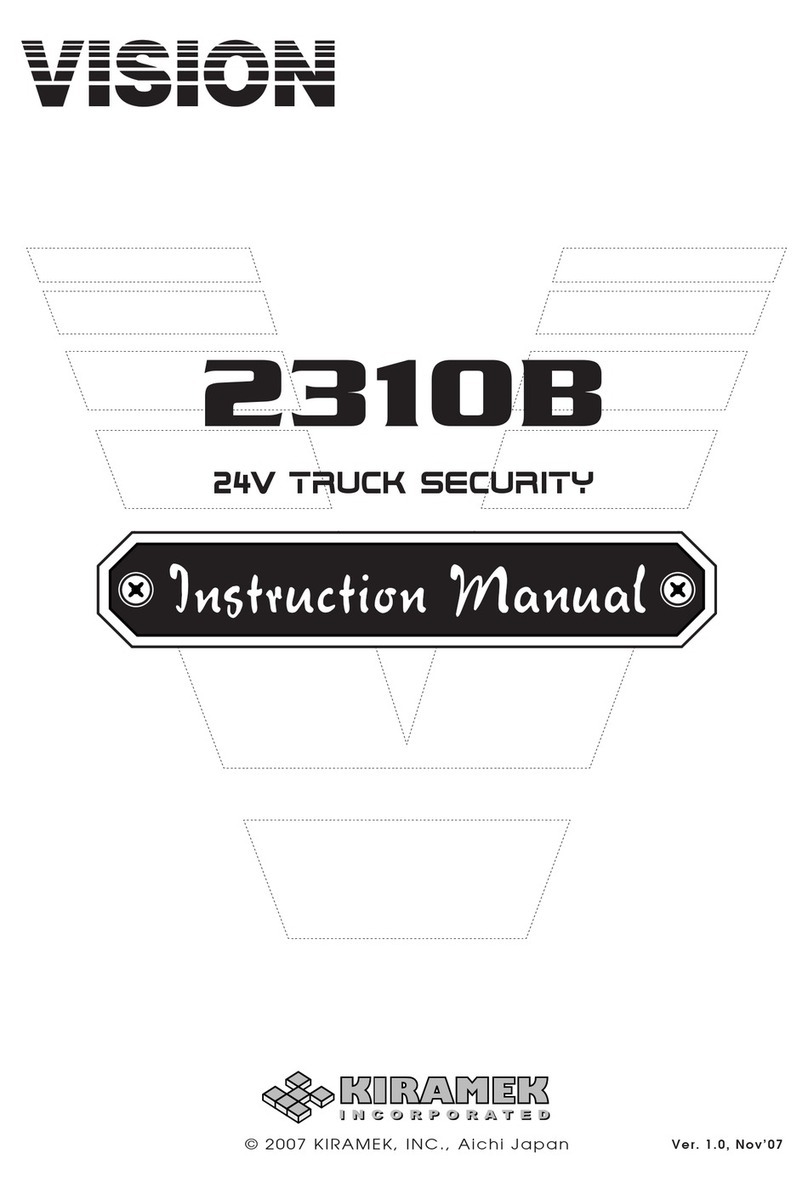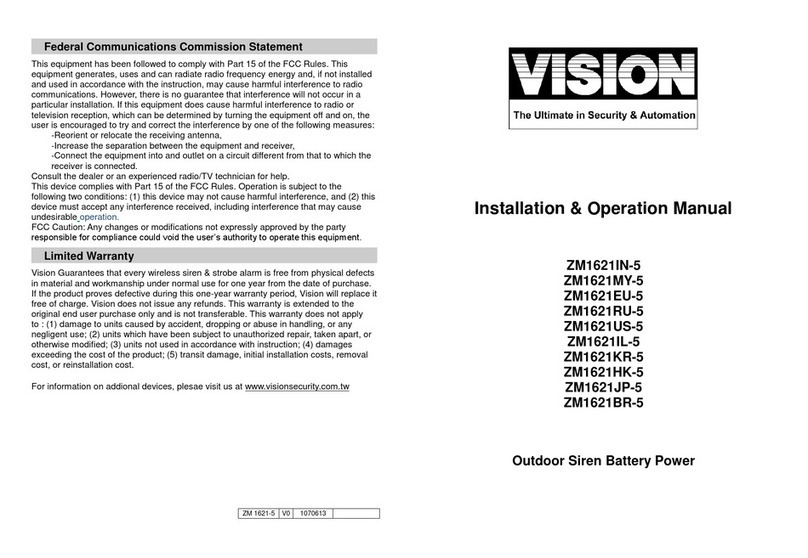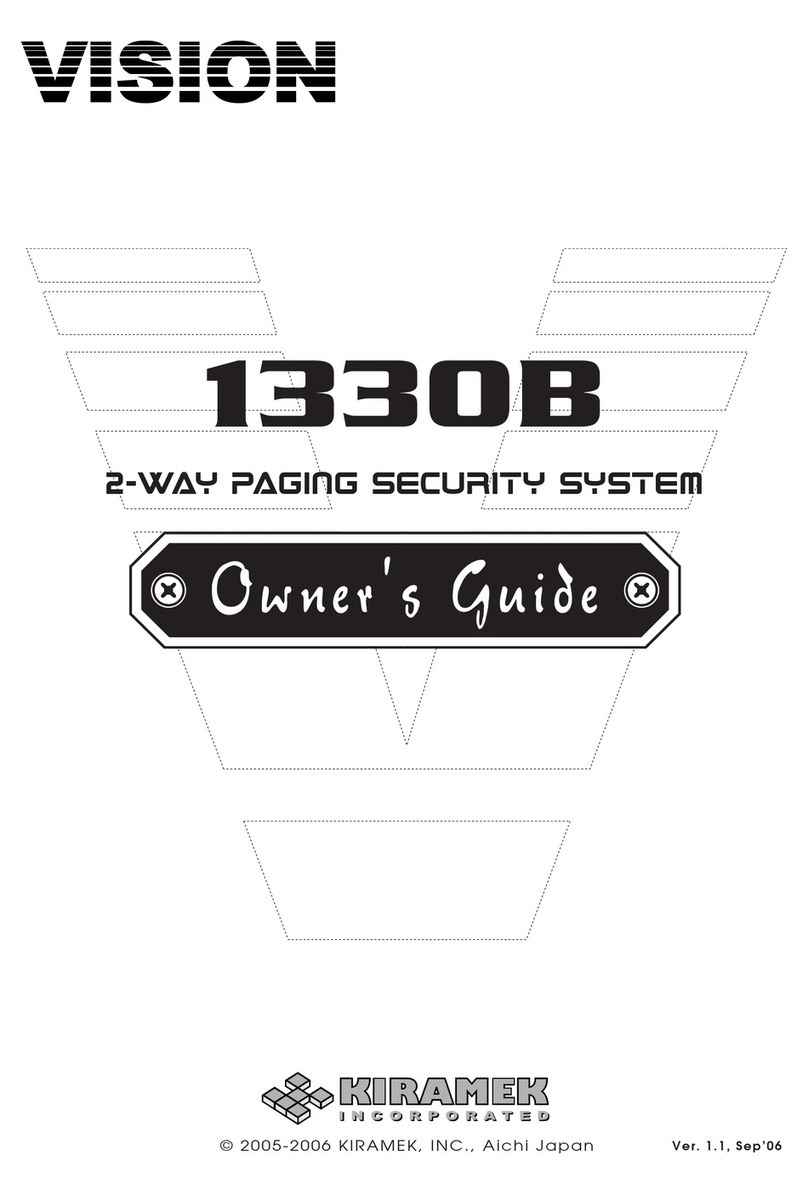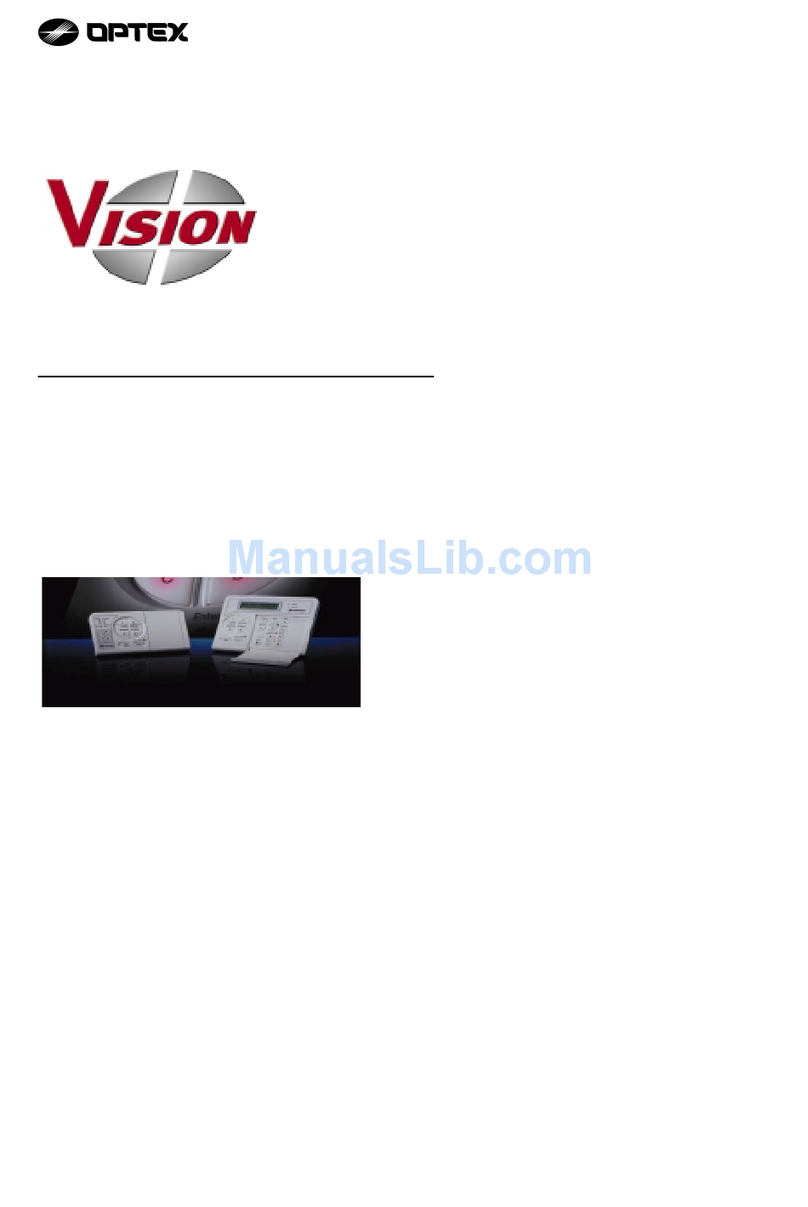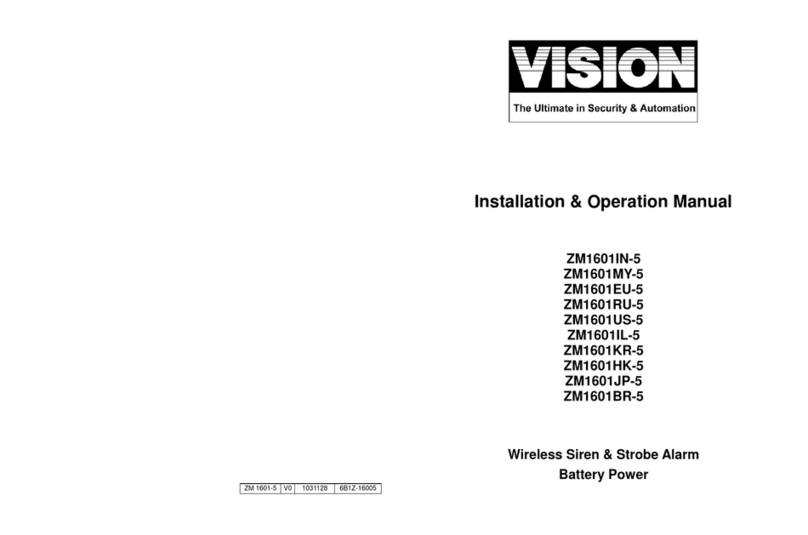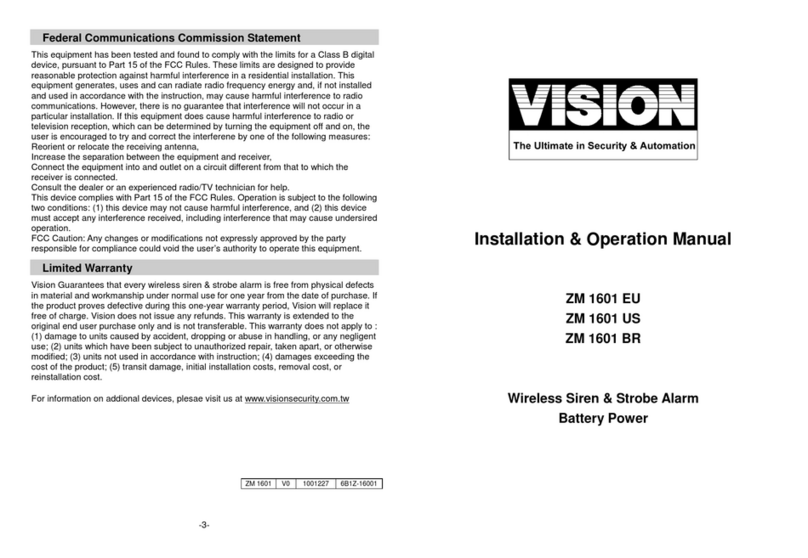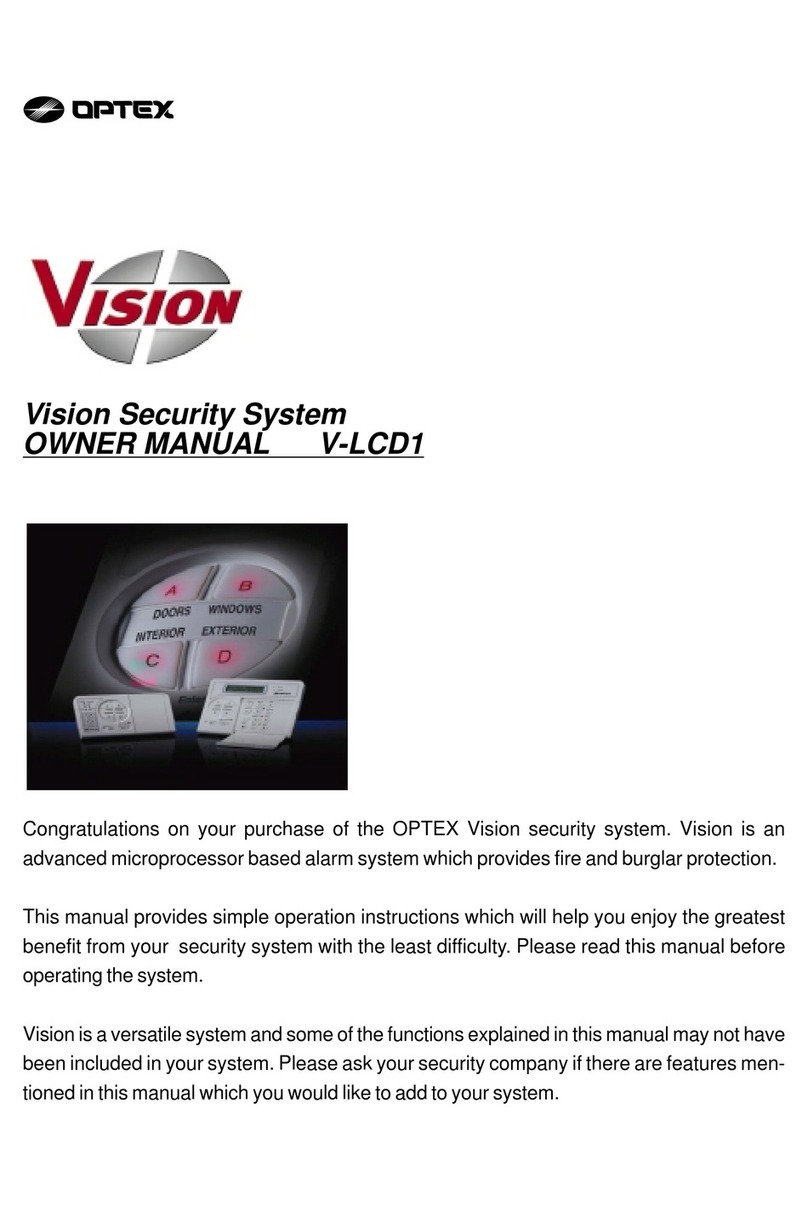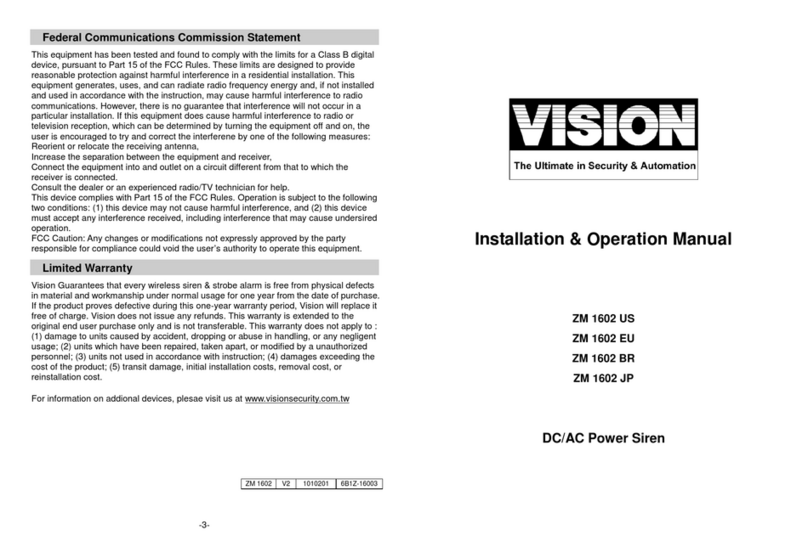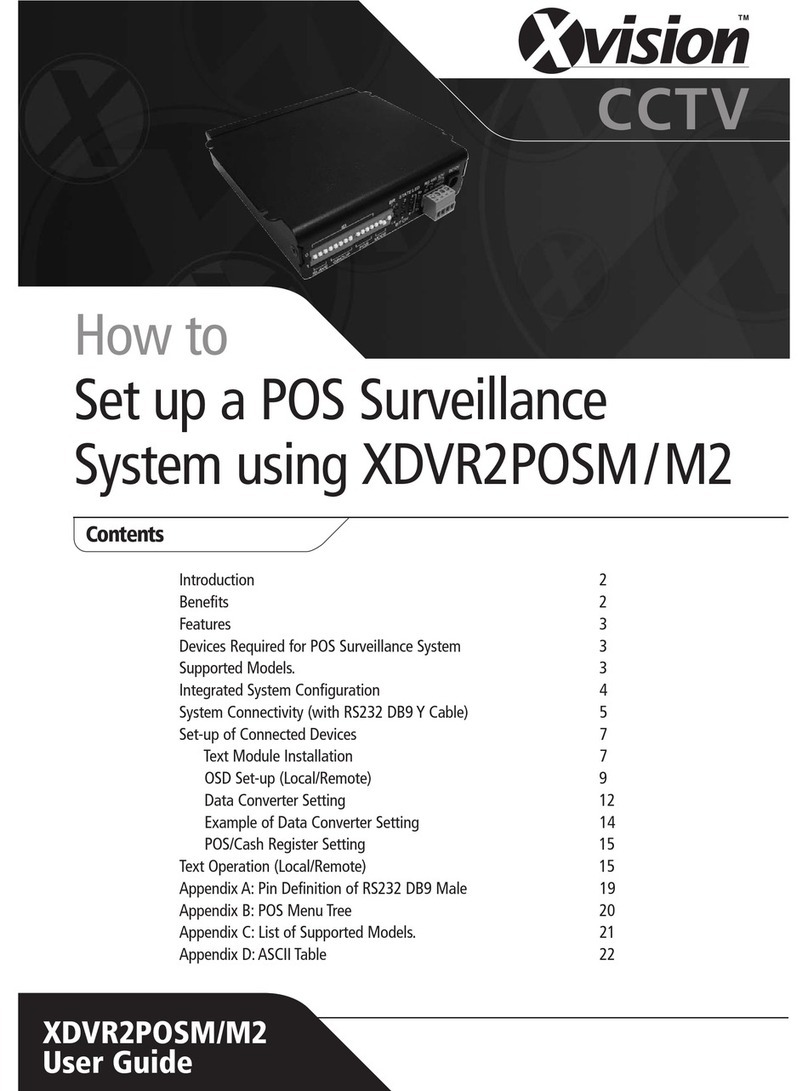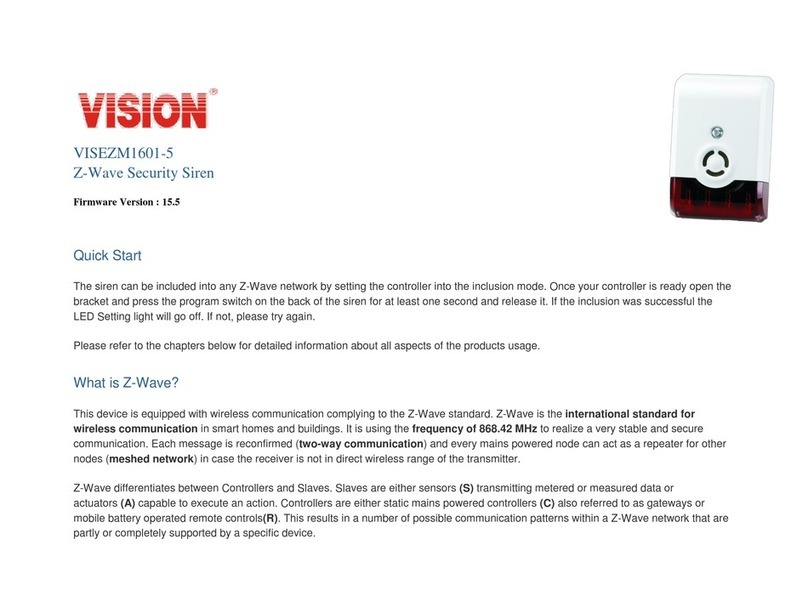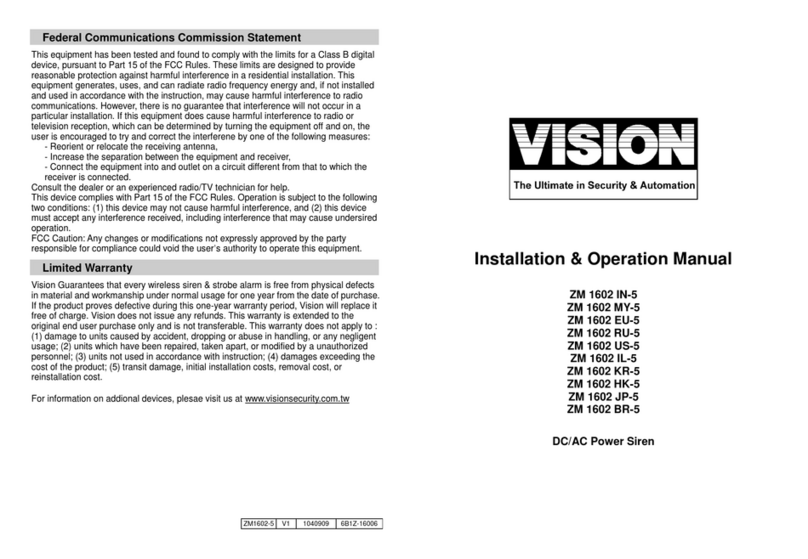
Behavior within the Z-Wave network
IOn factory default the device does not belong to any Z-Wave network. The device needs to join an
existing wireless network to communicate with the devices of this network. This process is called Inclusion.
Devices can also leave a network. This process is called Exclusion. Both processes are initiated by the
primary controller of the Z-Wave network. This controller will be turned into exclusion respective inclusion
mode. Please refer to your primary controllers manual on how to turn your controller into inclusion or
exclusion mode. Only if the primary controller is in inclusion or exclusion mode, this device can join or leave
the network. Leaving the network - i.e. being excluded - sets the device back to factory default.
If the device already belongs to a network, follow the exclusion process before including it in your network.
Otherwise inclusion of this device will fail. If the controller being included was a primary controller, it has to
be reset first.
Push the tampering switch for at least one seconds and release it.
Operating the device
Normal operation, the LED light will not be on.
Self-Protection Mode: After put back the bracket over 5 seconds, ZM1601 will enter Self-Protection Mode. If
the back cover is opened will trigger the Self-Protection Mode. The alarm time is default 30 seconds.
User’s controller should support Z-wave FLiRS technology.
Alarm Mode (It is the status of alarm triggered): It is based on the user’s configuration setting of LED flash
ON/OFF and Siren ON/OFF. Note: for Default setting-Siren/Strobe Mode-Parameter will be All enable;
Alarm Auto Stop Time-Parameter will be 30 sec.
For safety reason, replace new battery whenever ZM1601 is triggered.
Depending on the configuration settings the device will signal alarm when receiving a wireless alarm signal.
Node Information Frame
NI The Node Information Frame is the business card of a Z-Wave device. It contains information
about the device type and the technical capabilities. The inclusion and exclusion of the device is confirmed
by sending out a Node Information Frame. Beside this it may be needed for certain network operations to
send out a Node Information Frame.
Push the tampering switch for at least one seconds and release it.
Configuration Parameters
Z-Wave products are supposed to work out of the box after inclusion, however certain configuration can
adapt the function better to user needs or unlock further enhanced features.
(c) 2012 Z-Wave Europe GmbH, Goldbachstr. 13, 09337 Hohenstein-Ernstthal, Germany, All rights reserved, www.zwaveeurope.com - pp 3
